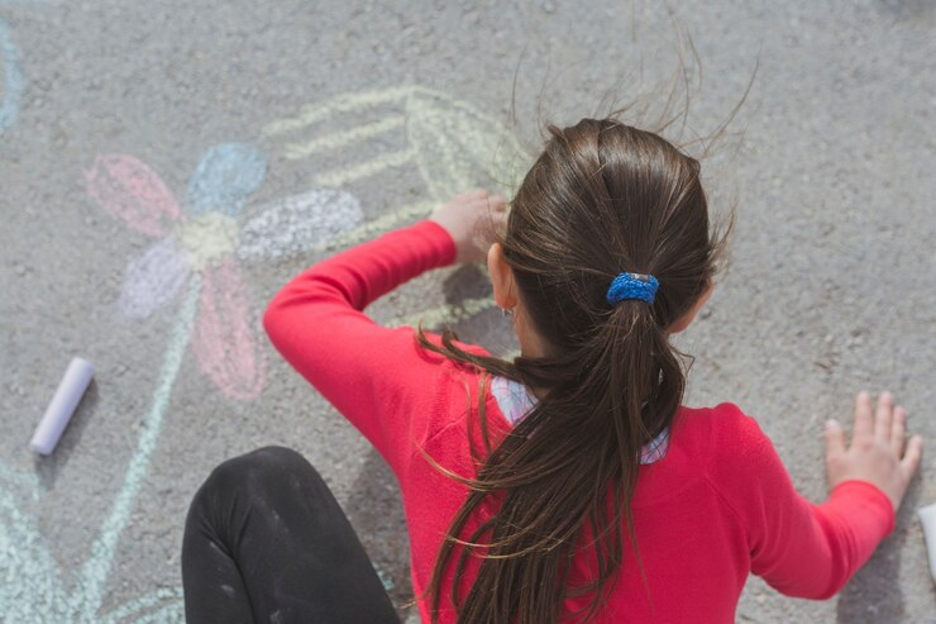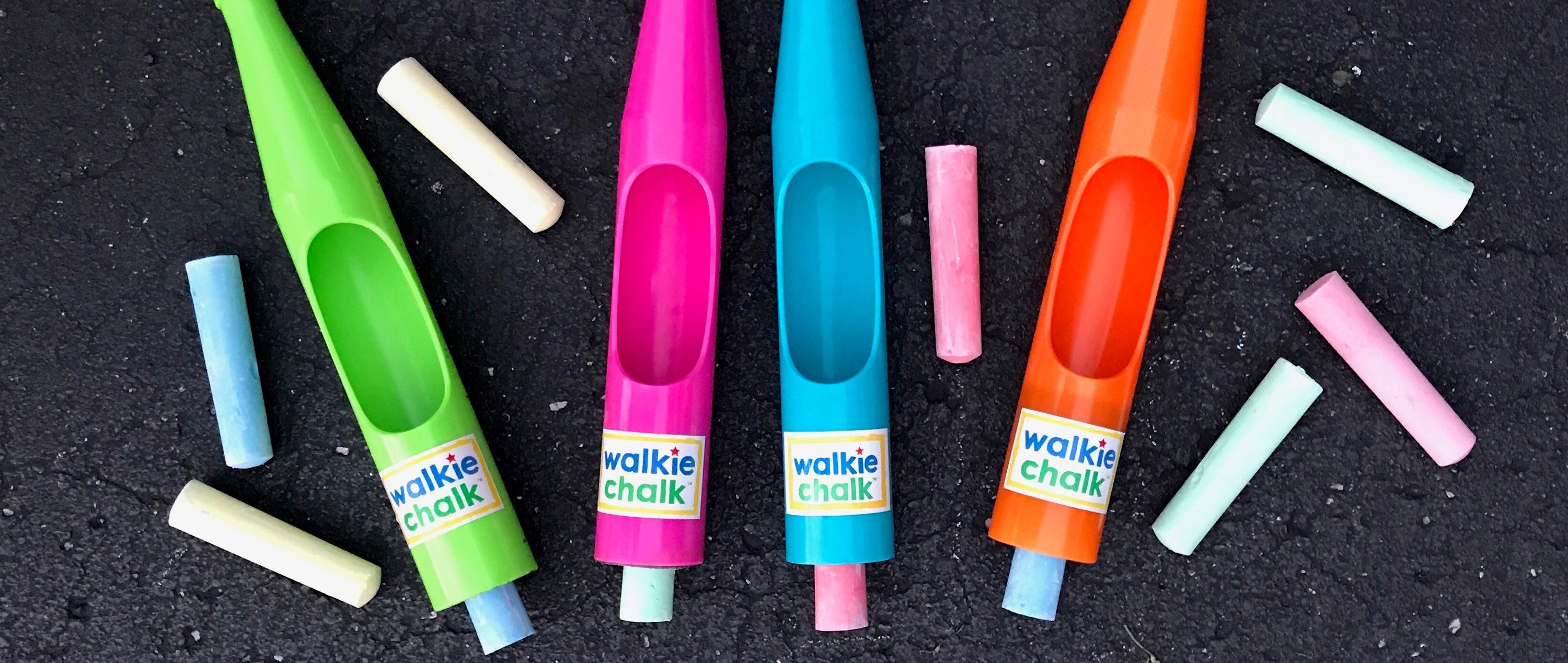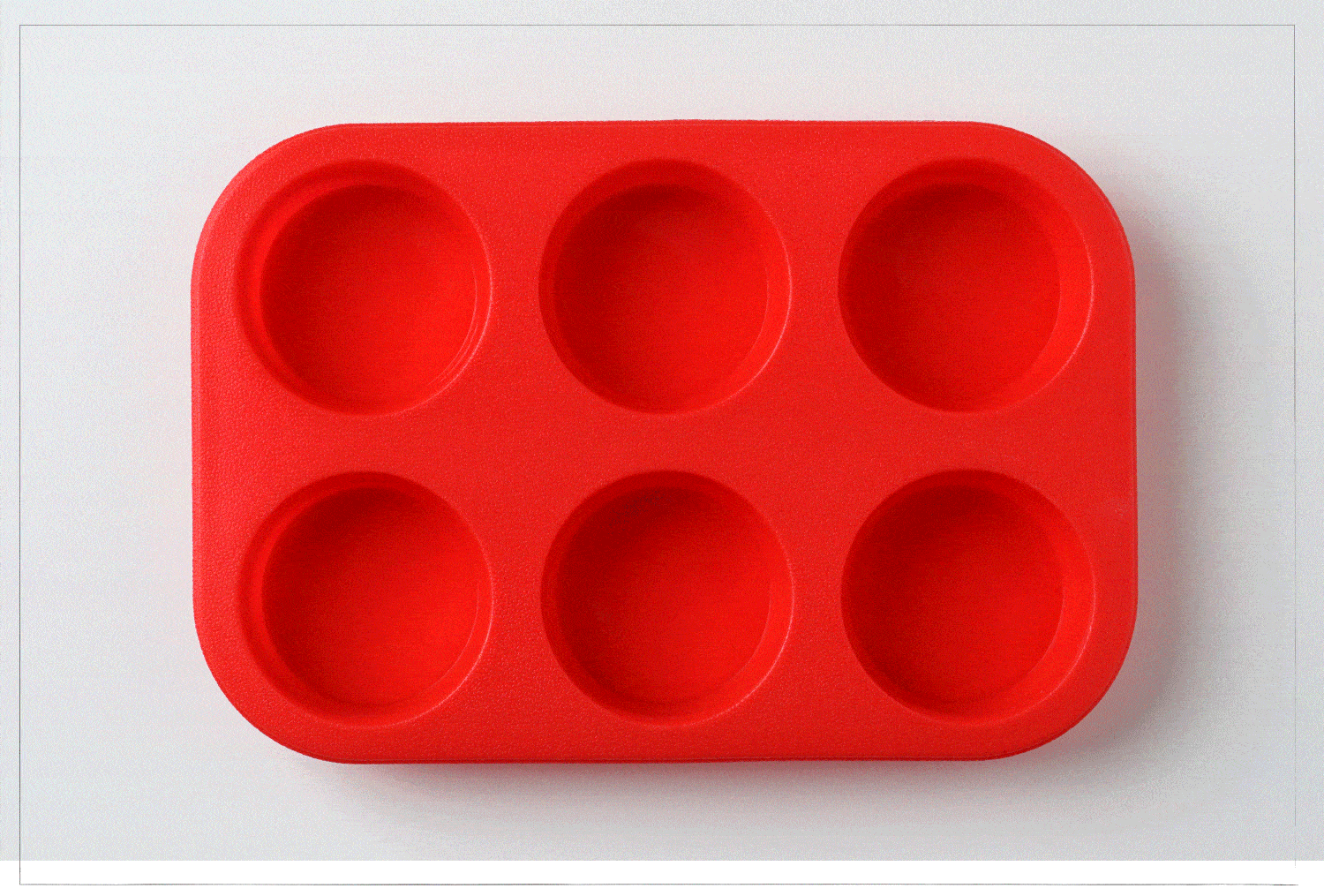Blog — Sidewalk Chalk

Smart Summers: Helping Kids Learn and Have Fun Without Burning Out
(Thank you to our great friend, Lillian Brooks, for her blog post contribution. Enjoy!)
Summer doesn't have to be a three-month learning blackout. It's tempting to let your kids drift into full-on vacation mode with no schedule, no goals, and way too much screen time. But there’s a sweet spot—one where they can stay sharp, build new skills, and still feel like they’re getting a real break. If you're trying to find that balance between educational growth and just letting your kids be kids, you’ve got more options than you think.
Lean Into Their Curiosity
Kids ask questions constantly—about the sky, bugs, how the microwave works, why dogs tilt their heads. Summer’s the perfect time to lean into that curiosity instead of brushing it off. Try keeping a question journal and then choosing one or two to explore each week, either through books, videos, or a field trip to the library or museum. When you encourage their natural wonder, you’re helping them build research and reasoning skills without them even realizing they’re “learning.”
Use Sidewalk Chalk to Blend Learning and Play
Sidewalk chalk from Walkie Chalk isn’t just for hopscotch and doodles. It’s a sneaky and brilliant way to work learning into a playful afternoon outside. You can turn your driveway into a giant spelling board, number maze, or creative writing space—have your child create a short story by drawing it panel by panel like a comic strip. They’ll be using literacy, storytelling, and even fine motor skills, but all they’ll remember is that it was fun and colorful.
Make Reading a Ritual, Not a Requirement
If reading feels like a chore, kids will treat it like one. But if you turn it into something cozy, communal, and low-pressure, they’re far more likely to dive in willingly. Create a daily reading window where everyone in the house grabs a book and just hangs out, or build a blanket fort and have themed reading nights. The key is to model enjoyment—if you look like you’re having fun reading, they’ll want in on that magic too.
Create DIY Flashcards for Better Learning
Making your own flashcards gives you the freedom to tailor the content specifically to what your child needs help with, whether it's tricky math facts or science vocabulary. You can incorporate colors, images, or jokes that make the information stick, and the process of creating the cards together actually boosts memory retention. Once you’ve made them, save the flashcards as PDFs so they’re easy to pull up on a tablet, phone, or laptop whenever a learning moment pops up—click here for more info on converting and printing PDFs.
Let Boredom Do Some Work
You don’t need to schedule every second of their summer. In fact, a little boredom can go a long way. When kids aren’t constantly entertained, their brains start firing in new ways—they build worlds, make up games, dive into new hobbies. By resisting the urge to fill every gap with activities or screens, you’re giving them space to explore self-direction and creative problem-solving.
Build Mini Projects Around What They Love
Instead of dragging your child through a curriculum they don’t care about, build around their interests. If they love animals, create a mini summer project where they “adopt” a species, learn about its habitat, and make a shoebox diorama or fact book. For kids who are into sports, have them calculate stats or design their dream stadium. You’re still hitting educational goals—reading comprehension, math, critical thinking—but you’re doing it in a way that actually matters to them.
Go Local and Explore Hidden Learning Spots
Most towns have more educational opportunities than you might realize. Small science centers, community gardens, historical walking tours—these places are quiet gold mines for hands-on learning. Let your child help plan the outing: look it up, find directions, check opening hours, and make a list of questions to ask while you’re there. It puts them in the driver’s seat, and that ownership makes a difference in how they process what they experience.
Cook Together and Let Math Take the Lead
Cooking is underrated as an educational tool. It’s basically real-life math, science, and reading all rolled into one messy, delicious activity. Let your child help measure ingredients, set timers, and read recipes out loud. Then challenge them to double a recipe or convert teaspoons to tablespoons—it’s not just practical math, it’s math with a clear, rewarding outcome that they’ll want to eat afterward.
No one’s saying you need to run a summer school out of your living room. But keeping a few learning-based traditions in the mix—especially ones that your kids enjoy—means they won’t have to play catch-up when fall hits. More importantly, they’ll start seeing learning not as something confined to a classroom but as something that’s alive in their everyday world. When you get that part right, summer becomes more than a break—it becomes a launchpad.
Discover a new way to play with Walkie Chalk – the innovative sidewalk chalk holder that brings creativity to life for all ages! Join our mailing list for exclusive deals and updates!

5 Ways to Get Children with Learning Disabilities Involved with the Arts
Guest Author: Lillian Brooks
If your child has learning disabilities, it’s essential to encourage them to participate in the arts. The arts can improve communication skills, grow self-confidence, and increase fitness levels. Here, the creativity experts at Walkie Chalk present five of the best options for children with learning disabilities.
1. Music
Participating in a music class or learning a musical instrument requires complete focus. As a result, music is ideal for relieving stress, teaching your children to concentrate, and helping them gain a creative outlet.
In addition, a recent survey produced by AARP found music listeners had higher scores for mental well-being, higher levels of happiness, and better cognitive function. In fact, sixty-eight percent of parents that introduced their children to music rated their child’s ability to learn new things as very good or excellent. However, this was only 50% for parents who hadn’t exposed their children to music.
2. Acting
Transferring energy to performing arts can be helpful to an active child, and acting is one of the best options. Your children can gain confidence, a sense of achievement, teamwork skills, and multiple creative skills from acting.
In addition, acting can boost your child’s communication skills. Around 86% of employees state poor communication is the main reason for workplace failures. Therefore, you should promote your child’s communication skills at a young age.
3. Painting and Drawing
Children often enjoy drawing things; when we become adults, we often stop drawing due to our busy adult lives. But drawing can relieve stress and anxiety in adults, so it’s a shame most adults forget about their painting passions.
With that said, painting is excellent for children. It helps them build confidence, develop problem-solving skills, create a shared learning experience, increase brain development, enhance senses, explore color, and convey individual ideas.
You and your child can also get outside to draw using Walkie Chalk. This fun modification to classic chalk drawing makes it easier for adults to play along. Plus, kids with sensory challenges can enjoy drawing without getting chalk on their fingers!
4. Dancing
Young children have so much energy, and dancing is one of the best ways to focus that energy. Dancing can enhance creativity, encourage socialization, increase cognitive development, and boost emotional development.
Dancing is also excellent for helping your child’s physical fitness. It improves their flexibility, overall balance, coordination, muscular strength, heart and lung condition, and spatial awareness.
5. Crafting
You’ll struggle to find a better creative outlet for your children than crafting. It can improve self-confidence, reduce overall stress, decrease anxiety, raise a child’s focus, and grow emotional development.
Crafting is also superb for teaching colors and shapes, encouraging critical thinking, building resilience, and increasing pattern recognition.
Design an Arts Room
By creating an arts room in your home, you and your children can explore the world of art in a comfortable and familiar setting. When designing your arts room, be sure to include plenty of storage for all of your supplies. And be sure to leave plenty of open space for painting, drawing, or whatever other creative pursuits you enjoy.
Not only will an arts room make your home more attractive to potential buyers, but it will also give you and your children a place to relax and express yourself. Keep track of any upgrades by keeping receipts and taking before-and-after photos because this new addition may be a valuable selling feature when you eventually choose to list your house and move.
Start Teaching Children Yourself
Teaching children is incredibly rewarding. You may find a passion for teaching children arts and crafts when you share the benefits with your children. If so, consider teaching your arts and crafts lessons to children of all ages and backgrounds.
You can work as a self-employed teacher, but consider registering your new teaching business as a limited liability company. It’ll offer you more flexibility, less paperwork, and various tax benefits. If you’re not sure how to start an LLC, use a formation service to avoid costly legal fees.
Get Children Involved in the Arts Today
While the arts are great for helping everyone to get in touch with their own creativity, they can be especially fantastic for children with learning difficulties because they give them an outlet in a world that otherwise doesn’t always seem to take their feelings and perspectives into consideration. You may even decide to start your own business teaching art to children!

The Benefits of the Arts and How to Get Involved
If you want to help expand the mind of your child then you should consider infusing the arts into their lives. By playing music, painting pictures, and expressing themselves artistically, kids can have more fulfilled lives and you never know where the hobby could take them!
DIY Chalk Paint | Free Chalk Stencils For Kids
Make your own homemade chalk paint to decorate your sidewalk or use on a chalkboard!
How to Host a Grandchild's Birthday Party That Won’t Break the Bank
If your grandchild’s birthday is coming up, use these tips to plan a budget-friendly celebration everyone will enjoy. Fun for everyone!
